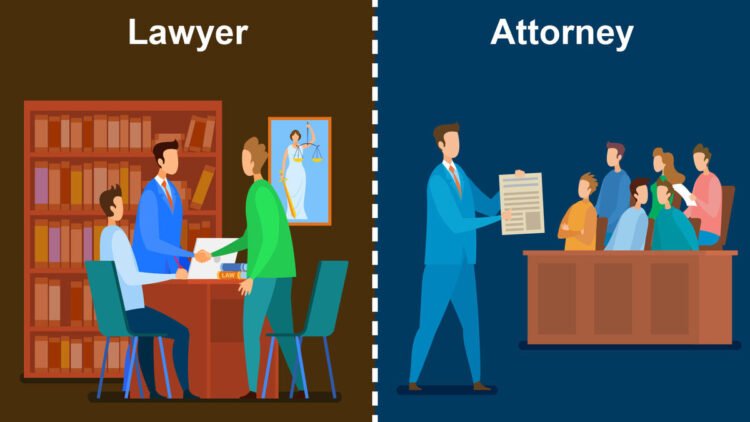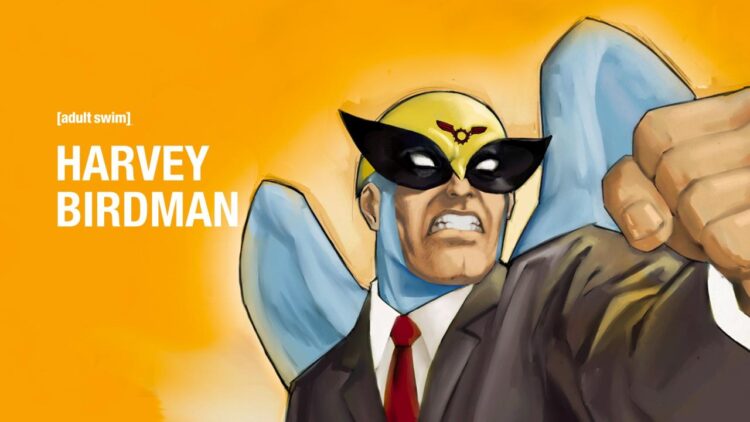
Digital Rights Management: Understanding the Protection of Digital Content
Introduction
Hey readers,
Welcome to our comprehensive guide on digital rights management (DRM)! In today’s digital world, protecting and managing the rights of creators is more important than ever. DRM plays a crucial role in ensuring that artists, authors, and other content owners can control and protect their intellectual property. Join us as we delve into the various aspects of DRM and explore its impact on the digital landscape.
What is Digital Rights Management?
DRM refers to the technologies and measures used to enforce intellectual property rights for digital content. It allows creators to control access, distribution, and use of their work. DRM systems encrypt and protect content, such as movies, music, software, and e-books, from unauthorized duplication or distribution. This helps to prevent piracy and ensures that content owners receive fair compensation for their creations.
Benefits of Digital Rights Management
- Protection from Piracy: DRM makes it difficult for users to illegally copy or distribute copyrighted content. This protects artists and content creators from lost revenue due to unauthorized use.
- Ensuring Fair Compensation: DRM mechanisms ensure that creators receive payment for the use of their content. This supports the production and availability of high-quality digital products.
- Content Control: DRM allows creators to control how their content is accessed and shared. They can limit distribution to specific platforms or devices, ensuring that it is available in the intended manner.
Challenges of Digital Rights Management
- Inhibition of Fair Use: DRM can sometimes restrict legitimate uses of digital content, such as making backups or lending it to others. This can limit the flexibility and user experience.
- Compatibility Issues: DRM systems can vary between different devices and platforms. This can lead to compatibility problems and difficulties in accessing content across multiple platforms.
- Potential for Abuse: Some DRM systems have been criticized for being too restrictive and giving too much control to copyright holders. This can stifle innovation and limit the accessibility of digital content.
DRM Technologies and Implementation
- Encryption and Watermarking: DRM systems typically use encryption to protect the content and watermarks to embed ownership or tracking information.
- Access Control: DRM mechanisms allow creators to specify who can access the content and under what conditions. This can involve authentication, license management, or subscription services.
- Usage Control: DRM systems can restrict how the content is used, including limiting printing, copying, or playback. These controls ensure that the content is used in accordance with the creator’s wishes.
Impact of DRM on the Digital Landscape
- Legal and Ethical Implications: DRM raises important legal and ethical questions regarding copyright, fair use, and user rights.
- Impact on Creativity: DRM can affect how creators produce and distribute their work, potentially influencing creative expression and the availability of alternative distribution models.
- Evolution of Digital Consumption: As technology advances, DRM systems must adapt to keep pace with evolving digital consumption patterns and user expectations.
DRM Issues and Case Studies
| Issue | Case Study |
|---|---|
| Compatibility Issues | Apple’s iTunes DRM system led to complaints from users who could not play purchased music on non-Apple devices. |
| Fair Use Restrictions | Amazon’s Kindle DRM system prevented users from lending or reselling purchased e-books, leading to controversy. |
| DRM Abuse | Sony’s BMG Copy Control system secretly installed rootkits on users’ computers, sparking concerns over user privacy and security. |
Conclusion
Digital rights management is a complex and ever-evolving field that plays a vital role in protecting digital content and ensuring fair compensation for creators. While DRM systems have their benefits, they also raise important questions about fair use, compatibility, and potential abuse. As technology continues to advance, it will be essential to consider the evolving needs and perspectives of both content owners and users to strike an appropriate balance between protection and accessibility. For more insights into the world of digital rights, check out our articles on copyright law and the impact of DRM on the music industry.
FAQ about Digital Rights Management
What is Digital Rights Management (DRM)?
DRM is a set of technologies used to control the use, modification, and distribution of copyrighted digital content, such as movies, music, and software.
How does DRM work?
DRM software encrypts the content and requires users to have a valid license or key to access and use it. The license specifies the conditions under which the content can be used, such as the number of devices it can be played on or the length of time it can be accessed.
Why is DRM used?
DRM is used to protect copyright holders from unauthorized copying and distribution of their content. It can help prevent piracy and ensure that creators receive fair compensation for their work.
What are the downsides of DRM?
DRM can restrict users’ ability to use the content they have purchased, such as the inability to play it on certain devices or share it with others. It can also create security risks, as DRM systems can be vulnerable to hacking or circumvention.
Is DRM legal?
DRM is generally legal, but there are some countries that have restrictions on the use of DRM technologies. It is important to check the local laws before using DRM to protect content.
How can I remove DRM from content?
Removing DRM from content is generally illegal and may violate the terms of service of the content provider. There are some software tools available that claim to be able to remove DRM, but these are often unreliable and can damage your device or content.
What are alternatives to DRM?
There are other methods for protecting copyrighted content, such as watermarking, digital signatures, and licensing agreements. These methods can provide similar levels of protection without restricting users’ access.
What is Fair Use?
Fair Use is a legal doctrine that allows limited use of copyrighted material without permission from the copyright holder for purposes such as criticism, comment, news reporting, teaching, scholarship, or research.
What is Public Domain?
Public Domain refers to creative works that are not protected by copyright and can be freely used by anyone. Works enter the public domain when their copyright expires or if they are never copyrighted.
How can I learn more about Digital Rights Management?
There are many resources available online and in libraries that can provide more information about DRM, fair use, and public domain. You can also contact legal professionals or copyright organizations for advice.





